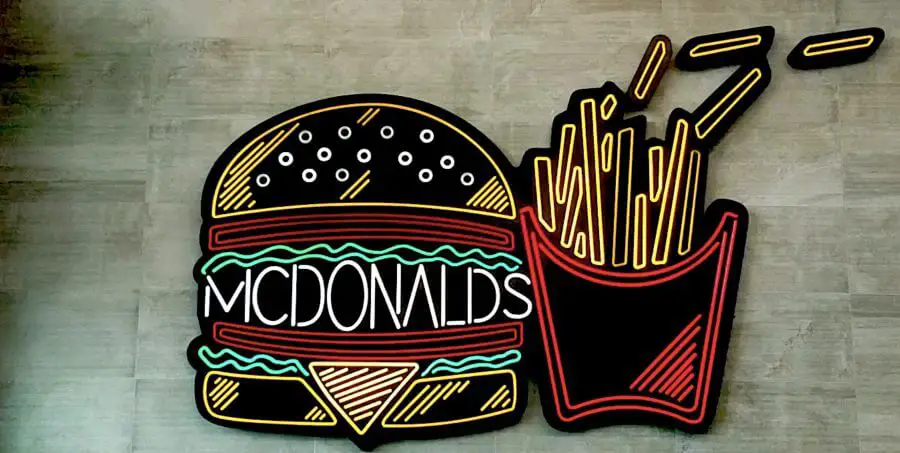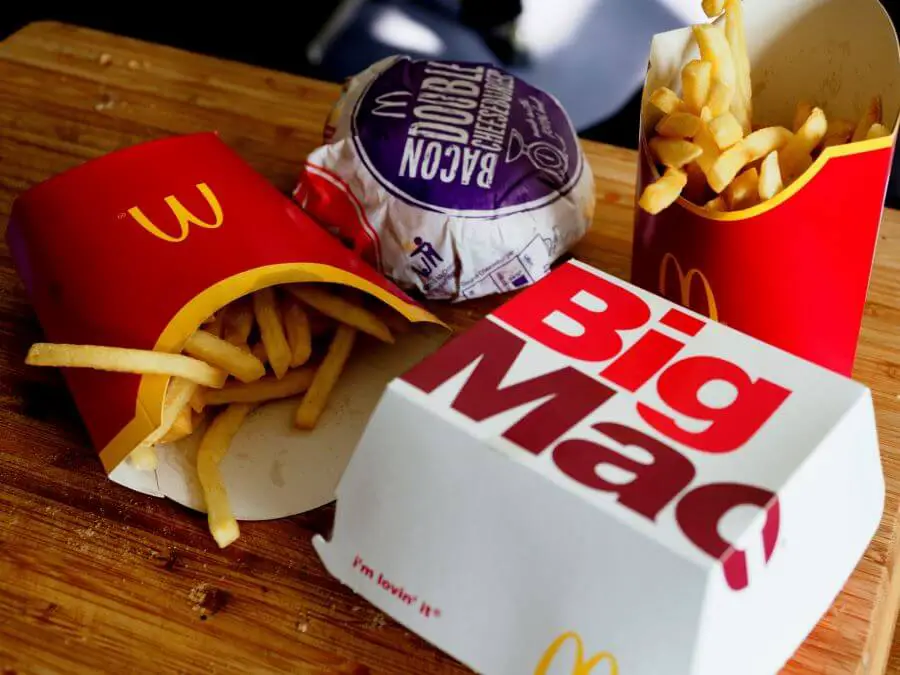False advertising is a serious issue that can mislead consumers and harm their trust in companies. This comprehensive article will delve into the topic of false advertising and explore whether you can sue McDonald’s for engaging in misleading or deceptive claims.

We will cover various aspects, including the definition of false advertising, types of false advertising claims, the legal basis for filing a lawsuit, identifying false advertising, gathering evidence, substantiation of claims, potential remedies and damages, the legal process for false advertising claims, class-action lawsuits, McDonald’s response to false advertising claims, seeking legal counsel, industry-wide impact, and the importance of consumer education in making informed choices.
Understanding False Advertising
Defining Misleading or Deceptive Claims
False advertising refers to any form of communication that contains misleading or deceptive claims about a product or service, including advertisements, promotional materials, or marketing campaigns.
These claims can create a false perception or impression in the minds of consumers, leading them to make purchasing decisions based on incorrect information.
Impact on Consumer Decisions
False advertising can have significant consequences for consumers. It can lead to uninformed buying decisions, financial losses, wasted resources, and disappointment with a product or service’s performance or quality.
Consumers rely on advertising to make informed choices, so when false claims are made, it undermines their trust in companies and their products.
Types of False Advertising Claims
Misrepresentation of Products or Services
One common type of false advertising claim involves the misrepresentation or exaggeration of the features, benefits, or qualities of a product or service.
This can include false claims about a product’s effectiveness, safety, durability, or performance and misleading statements about its ingredients, origin, or environmental impact.
Deceptive Pricing Strategies
Another form of false advertising revolves around deceptive pricing strategies.
This includes falsely inflating the original price of a product to make a discount appear more significant, advertising products as “on-sale” when they are regularly priced, or failing to disclose additional fees or charges that significantly increase the actual cost of a product or service.
Legal Basis for Filing a Lawsuit
Violation of Consumer Protection Laws
To sue McDonald’s for false advertising, you must establish that their claims violated consumer protection laws. These laws vary by jurisdiction but generally prohibit deceptive practices and false advertising.
They often require companies to provide accurate and truthful information about their products or services, ensuring consumers can make informed decisions.
Demonstrating Harm and Loss
In addition to proving that McDonald’s engaged in false advertising, you must demonstrate that you suffered harm or loss due to relying on misleading claims.
This can include financial losses, purchasing a product or service that did not meet your expectations, or being deprived of the benefits promised in the advertisement.
Substantiation of Claims
Ensuring Truthfulness in Claims
Companies must substantiate their claims with reliable evidence before making them in advertisements.
To hold McDonald’s accountable for false advertising, you must demonstrate that they did not have adequate evidence to support their claims or that the evidence provided was not credible.

Burden of Proof
In a false advertising lawsuit against McDonald’s, the burden of proof lies with the plaintiff.
You must present sufficient evidence to convince the court that the claims made in the advertisement were false or misleading and that they caused you harm or financial loss.
Potential Remedies and Damages
Corrective Advertising
If successful in a false advertising lawsuit, one potential remedy is the requirement for McDonald’s to engage in corrective advertising.
This means they would be required to run new advertisements that correct the misleading or deceptive claims made in the previous promotions.
Corrective advertising aims to inform consumers of the true nature of the product or service and rectify any harm caused by false claims.
Injunctive Relief
In addition to corrective advertising, the court may grant injunctive relief, which prevents McDonald’s from continuing to engage in false advertising practices.
This can include restraining orders or injunctions that prohibit McDonald’s from making certain false claims or engaging in specific advertising practices in the future.
Monetary Damages
In some cases, plaintiffs may be awarded monetary damages for their losses resulting from false advertising.
These damages can include the cost of the product or service, any additional expenses incurred due to the false claims, and potentially even punitive damages if the court determines that McDonald’s behavior was particularly egregious.
Legal Process for False Advertising Claims
Filing a Lawsuit
To initiate a false advertising lawsuit against McDonald’s, you would typically need to file a complaint with the appropriate court.
The complaint should outline the false claims made by McDonald’s, the harm or loss suffered as a result, and the legal basis for the lawsuit. It is advisable to consult with an attorney experienced in false advertising cases to guide you through this process.
Discovery Phase
Once the lawsuit is filed, both parties engage in a discovery phase. This involves exchanging relevant documents, depositing, and gathering evidence to support their claims.
Discovery allows each side to assess the strength of the other party’s case and build their arguments.
Trial or Settlement

After the discovery phase, the case may proceed to trial, where evidence is presented and arguments are made before a judge or jury.
Alternatively, the parties may settle the point out of court through negotiations and reach a mutually agreeable resolution. Settlements can involve monetary compensation, injunctive relief, or other suitable remedies.
Class-Action Lawsuits
Collective Action by Consumers
In cases where multiple consumers have been affected by McDonald’s false advertising, a class-action lawsuit may be pursued. A class-action lawsuit allows individuals with similar claims to seek legal recourse against the defendant collectively.
This can increase the chances of success and provide a more efficient resolution for all affected parties.
Opting into or Out of Class-Action Lawsuits
Suppose a class-action lawsuit is initiated against McDonald’s. In that case, affected consumers may be notified and allowed to opt into the subject or choose to pursue their claims separately.
The decision to join a class-action suit or pursue an individual lawsuit depends on each consumer’s specific circumstances and preferences.
McDonald’s Response to False Advertising Claims
Rebuttal and Defense
When faced with false advertising claims, McDonald’s has the right to defend itself and refute the allegations made against it.
They may argue that their claims were truthful and supported by evidence or that any harm or loss suffered by consumers was not a result of their advertising practices. McDonald’s may also present evidence to counter the plaintiff’s claims.
Settlement or Litigation
In response to false advertising claims, McDonald’s may settle the lawsuit out of court to avoid a prolonged legal battle and potential damage to their reputation.
However, if they believe they have strong defenses, they may opt to litigate the case in court and present their arguments before a judge or jury.
Conclusion
In conclusion, awareness of misleading or deceptive advertising practices is crucial for consumers in today’s marketplace.
You can become a more educated and discerning consumer by taking the time to research, read the fine print, look for evidence, consult trusted sources, trust your instincts, and report false advertising.
Remember, staying informed and questioning claims can help protect yourself and others from false advertising tactics. So, empower yourself with knowledge, be vigilant, and make informed choices to navigate the complex advertising world confidently.





